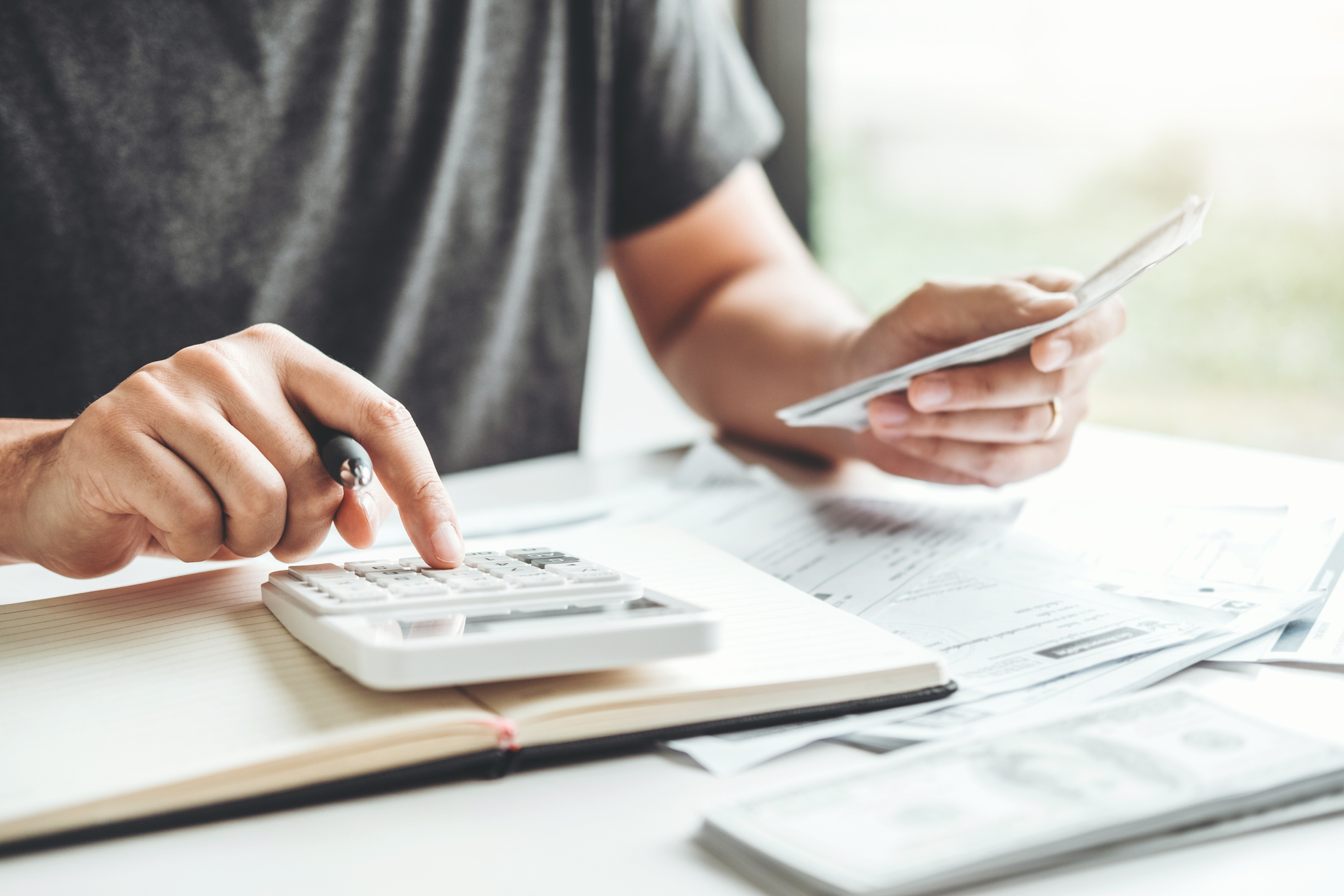
With mortgage rates holding stubbornly at around 6.75%, first-home buyers continue to face a tough challenge to break into the property market.
Only a few weeks ago, the National Association of Realtors (NAR) called for an increase in the building of new homes for first-time buyers following its own report that revealed existing homes were more expensive than ever at $435,300.
Over the past five years, the median value has gone up nearly $141,000 or 32%.
A recent Zillow survey found that almost three-quarters of first-time buyers (72%) were now only aiming to save 5% for a down payment before deciding to buy.
In the same survey, agents reported that the most common mistake young buyers make is believing you need a 20% down payment before a lender will look at you. While that’s not true, there are penalties if you don’t make the 20% threshold.
Your lender will demand you take out Private Mortgage Insurance (PMI), which is designed to protect them from any risk that you might default. The payment is usually taken from your bank account when the mortgage installment is paid.
Because PMI is a regular outgoing expense, it affects the calculation for how much you’d be allowed to borrow.
Here are six savings tips to help you hit your goal faster.
Realistic targets – Decide on the type of property you wish to buy, take note of the price range and then calculate what 5% of it would be. This will give you guidance on the down payment required. Of course, you can aim for a bigger down payment. And conversely, some lenders will offer a loan with just 3% as a down payment.
Create your budget – Analyze your income and track all your expenses to see where your money is going. Identify non-essential spending that can be reduced or eliminated.
Savings account – Open a high-yield savings account (HYSA) so your down payment money doesn’t sit in a standard savings account and gain minimal interest. A high-yield account will allow your money to grow faster.
Automate savings – Make saving effortless by setting up an automatic transfer from your checking account to a separate savings account on payday. This “pay yourself first” strategy ensures you are consistently saving a set amount each month.
Assistance programs – As part of your plan, explore all the assistance programs that federal, state and local governments offer first-time buyers. Their help comes in the form of grants, low-interest loans or tax credits that reduce the amount you need to save.
Income boost – Look for ways to earn extra money to accelerate your savings. Consider a side hustle, freelance work or selling unused items. Any unexpected money you receive, such as a work bonus or tax refund, should be put towards your down payment.
Gift bonus – Zillow says that in 2024, 38% of buyers with mortgages used gifts or loans from family members to help finance their down payment. Wedding planning site The Knot reports that in the past five years the percentage of couples who listed “home fund” in their registry has risen from 20% to 55%.
